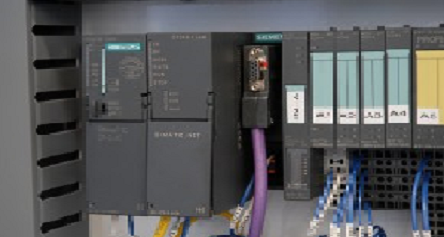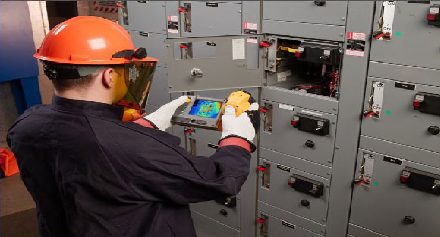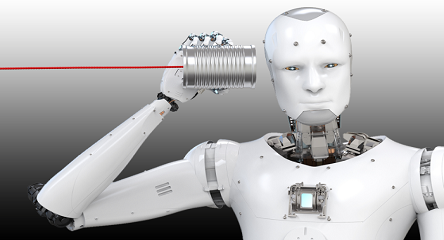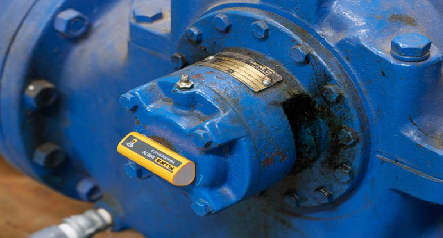When we do predictive maintenance, infrared cannot see through metal. There’s a misconception that infrared works like an X-ray, but it cannot see through metal, glass, or Perspex. The challenge is to service our switchgear safely.
This means we must create the means for collecting on-demand real-time condition-status data on mission-critical electrical distribution systems and components. Data is the way forward. There is a skill shortage in our industry, with not enough engineers who are qualified to do so-called menial tasks.
You don’t need to be a fully qualified electrician to do thermography. As long as you are a trained thermographer and fully aware of how the systems work, you are capable of doing surveys. Passing these jobs on to others will free up the electricians and engineers to do more of the work they are uniquely qualified for.
We must mitigate the thousands of electrical worker injuries each year (up to 30,000 incidents per year). Some incidents are fatal.
We must implement a comprehensive, safe, and intelligent protocol for performing essential energized surveillance and inspection procedures on electrical distribution systems. The reason you are here is reliability, which has been around for years but is just now being taken seriously. It saves lives and money.
We must remove the inherent dangers of condition-based maintenance. For example, the old way of doing infrared involved opening live cabinets. That is now against the law in some countries, and it’s unsafe anywhere.
To do traditional electrical maintenance on live equipment, you have be “suited and booted,” with full PPE. If you work in a hot country or a hot environment (most switch rooms are hot), you cannot wear it for long.
Traditional electrical maintenance and testing also involved intrusive practices such as tightness/torque testing, megger/stress testing, circuit testing, load bank testing, breaker and isolator testing, and more. Because you had to open live cabinets, you had to wear full PPE. These maintenance tasks were designed with one outcome in mind: to confirm whether or not the circuits and connections are good.
We at IRISS say that there is a better and easier way of confirming that the circuits are working properly.
Per the history of electricity, we’ve been servicing switchgear since 1780, and we’re still doing it in pretty much the same way. We’ve put men on the moon and we can create computer
systems the size of a postage stamp, but we are still doing electrical servicing the same way we did over 200 years ago. Surely, there has to be a better way.






